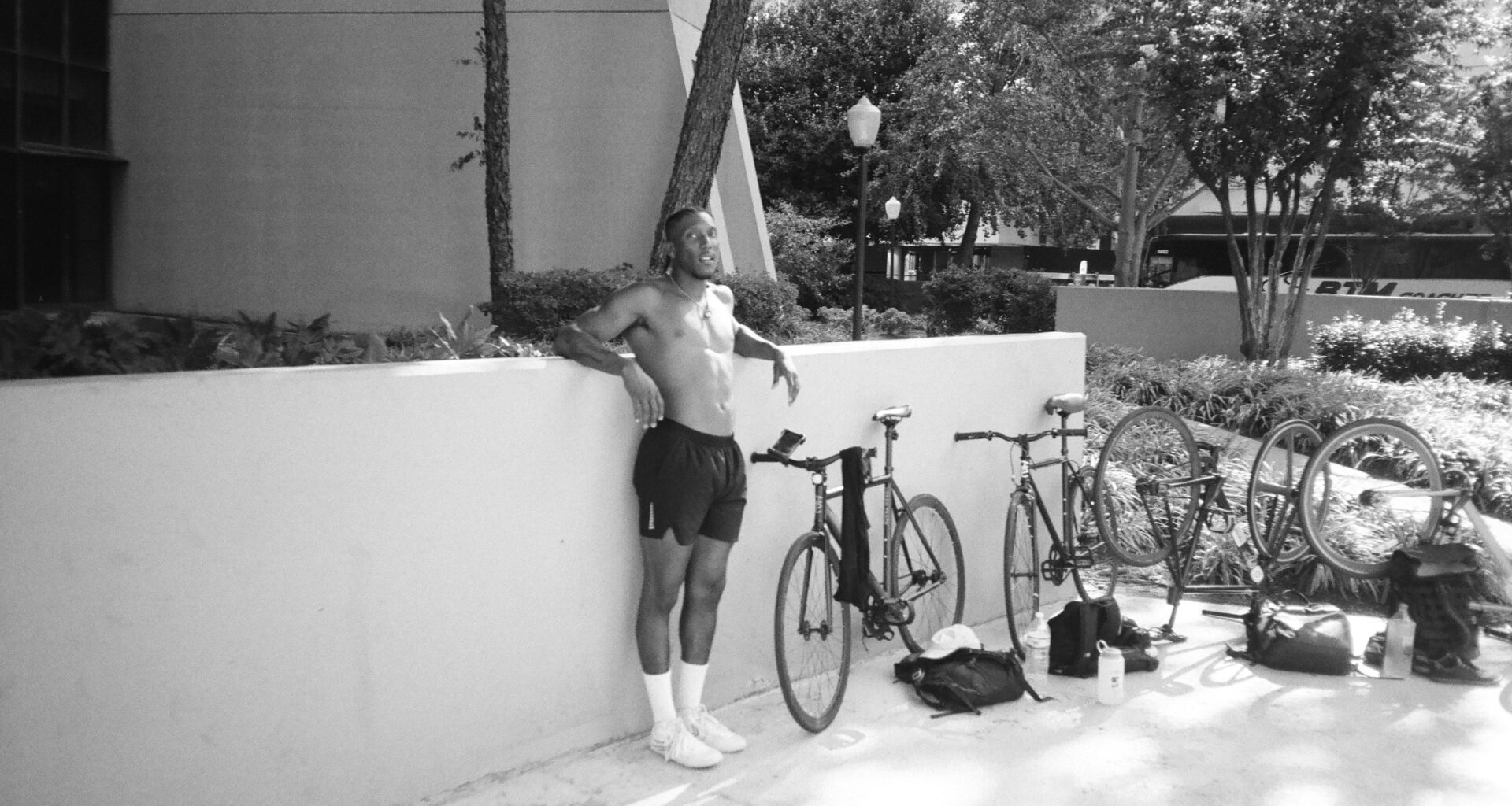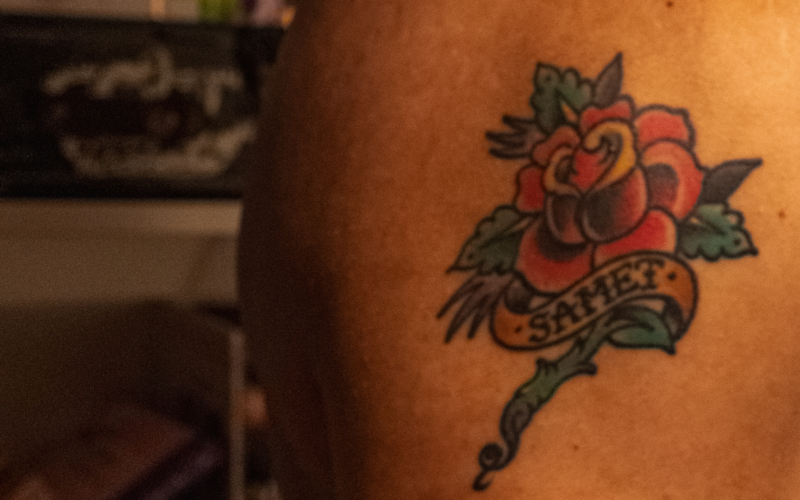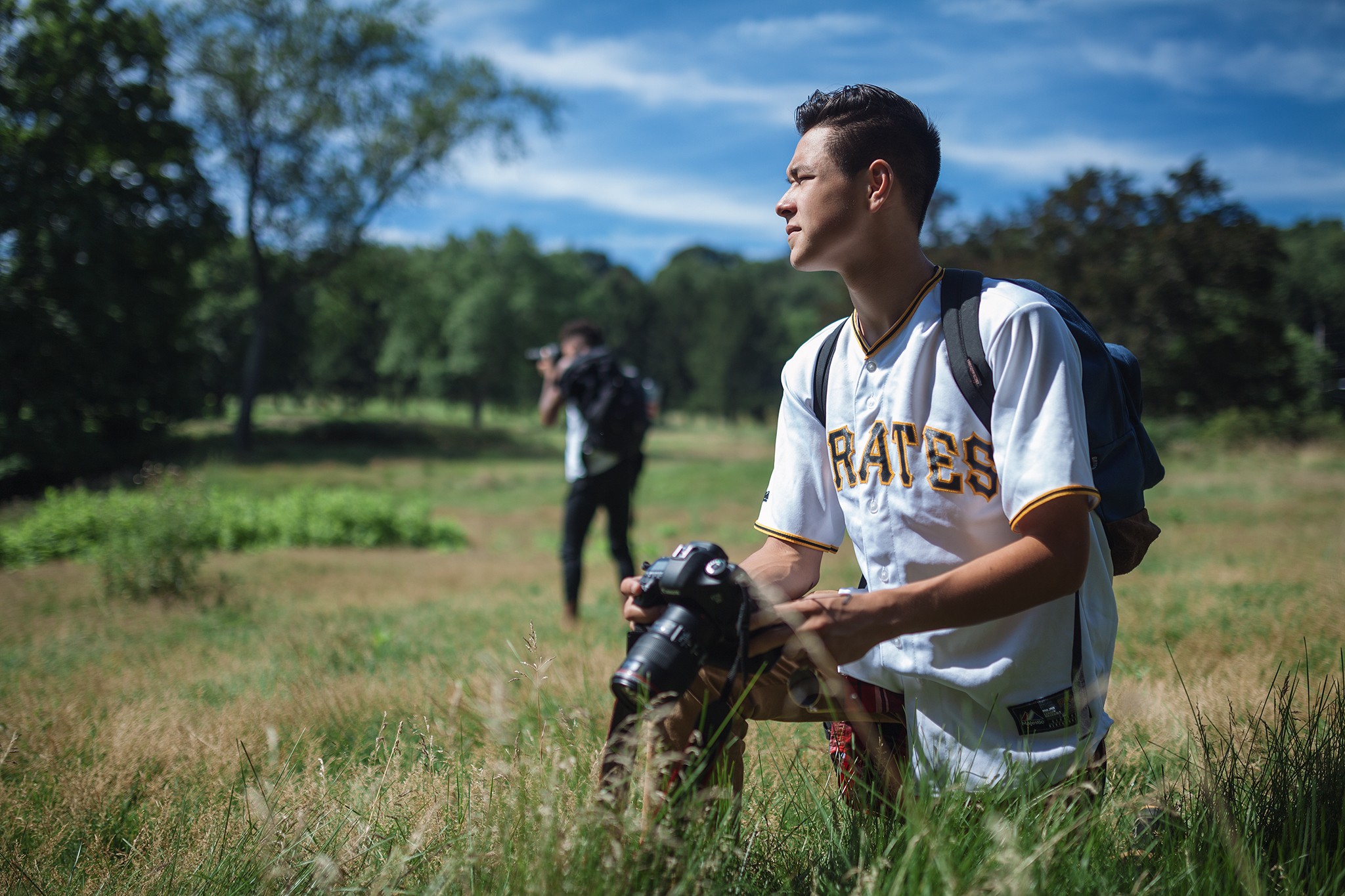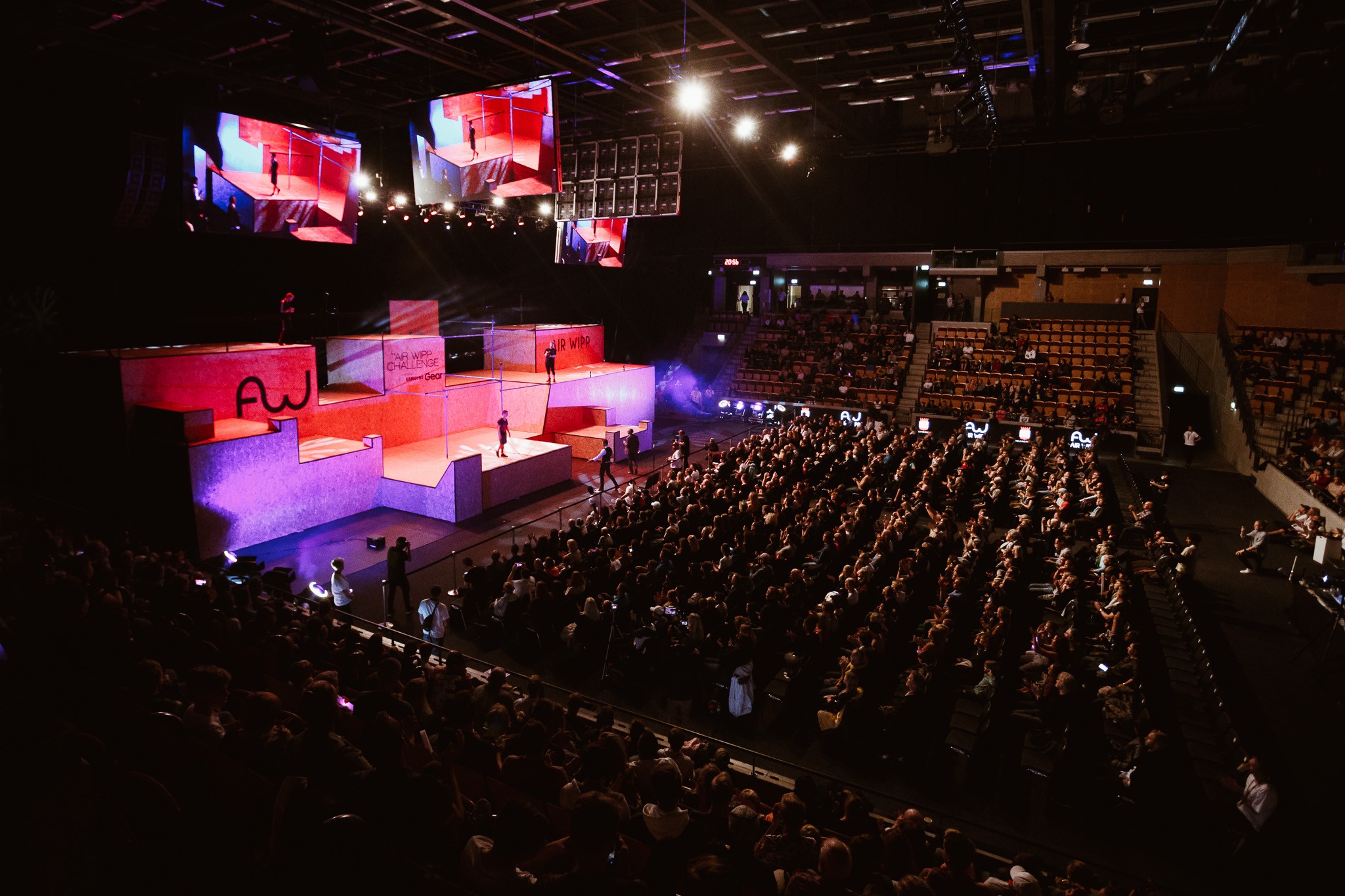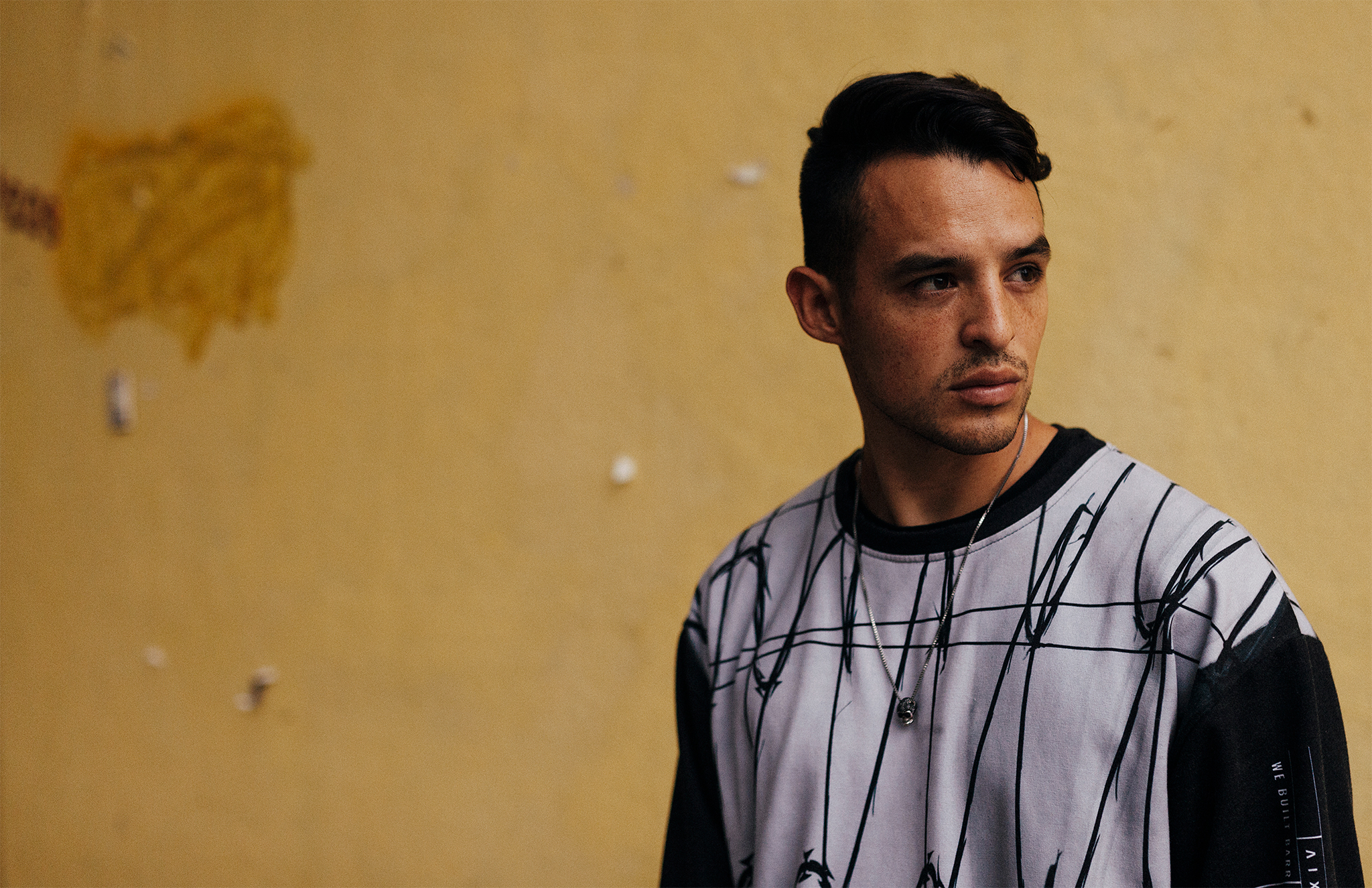Julius Porter wants to capture the depth of parkour in a frame that he may, or may not, miss.
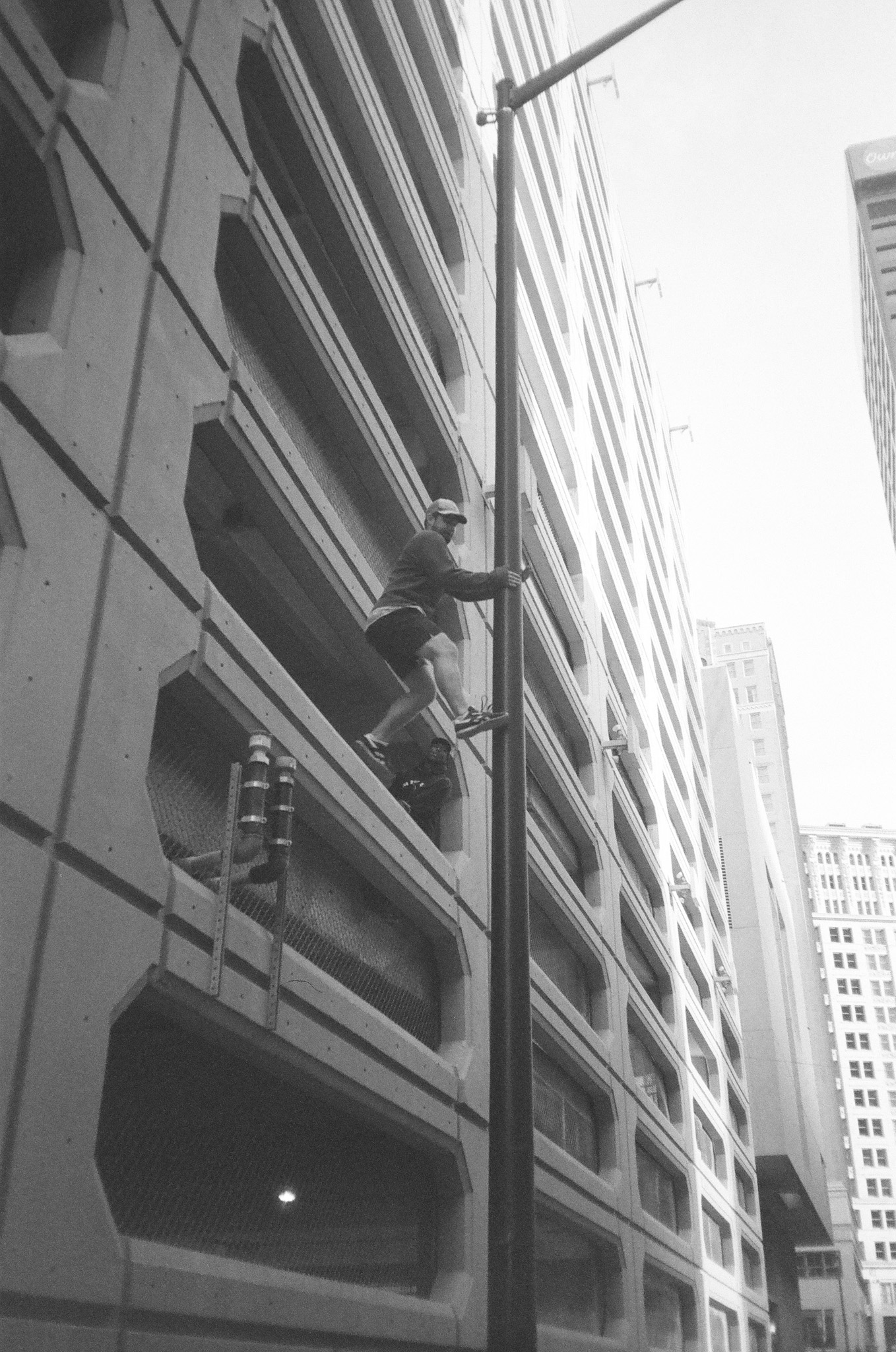
You’ve been creating some wonderful photographic works. When did you start your journey into photography, and what does that look like for you?
Since people have had cell phones, there’s been cameras on phones. I’ve always been taking photos on my phone and never really picked up a camera until college, where I took a photojournalism class. That had to be 2013-ish when that happened. That was probably one of my favorite classes even though I didn’t like the journalism side of it. I loved taking the photos.
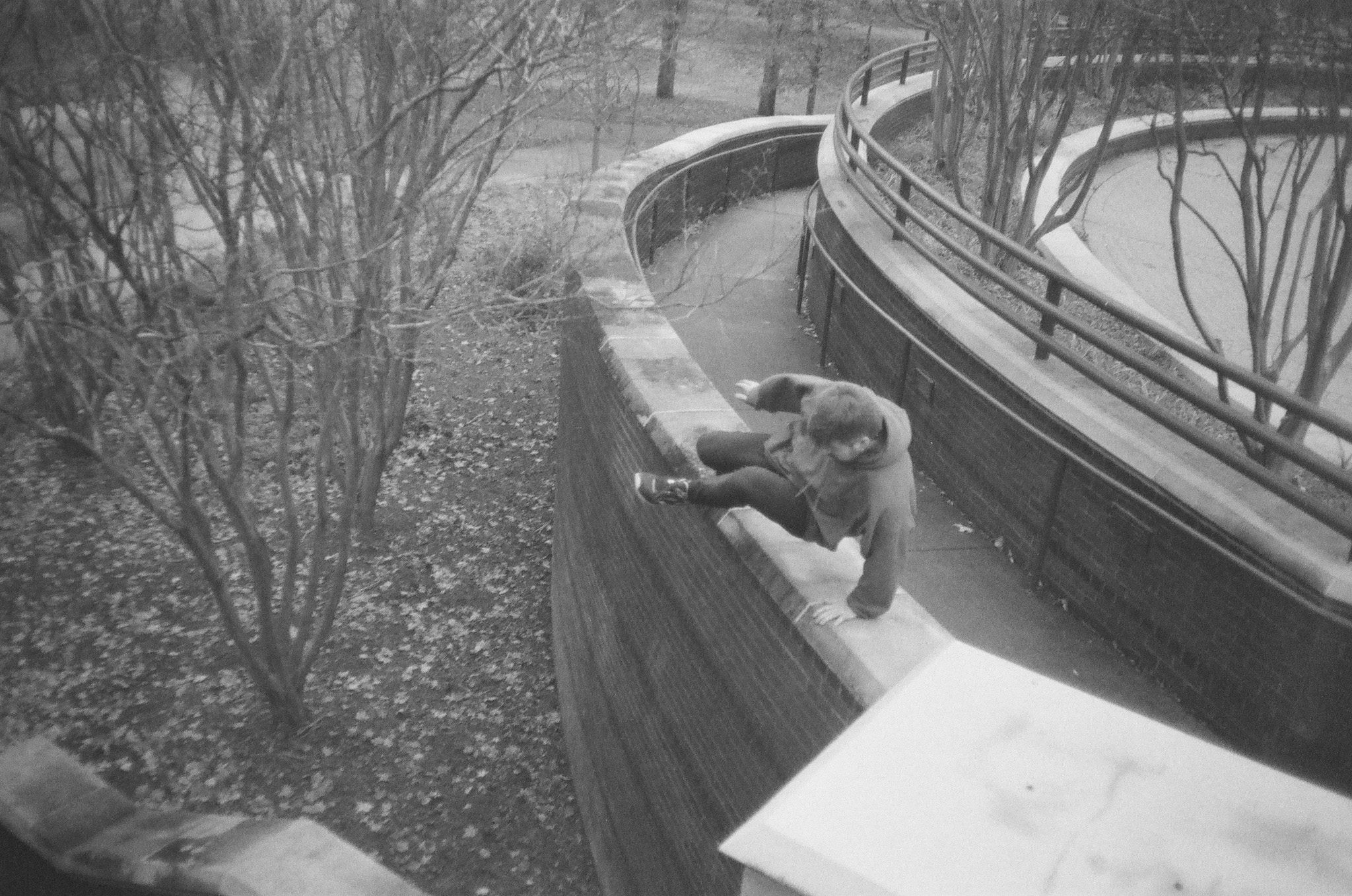
My friend Sean Endres was always encouraging me to take photos. I had seen Sean’s wife taking film photos, and Sean’s always taking photos, whether it be film or digital. Just watching all of them experiment with that was really inspiring. Then one day when another friend Colton was over and was showing me photos — he said that I should buy a film camera. It was only 150 bucks, so I bought a little Olympus XA in 2021. I went to London for World Chase Tag that year, and took photos in London, and took some in Lisbon when I was there for four days after that trip. Then I came back, and got it all developed. My fingers were crossed because I didn’t know if I exposed any of these right. By my luck, and by reading the light meter, once I got the photos back — I was hooked.
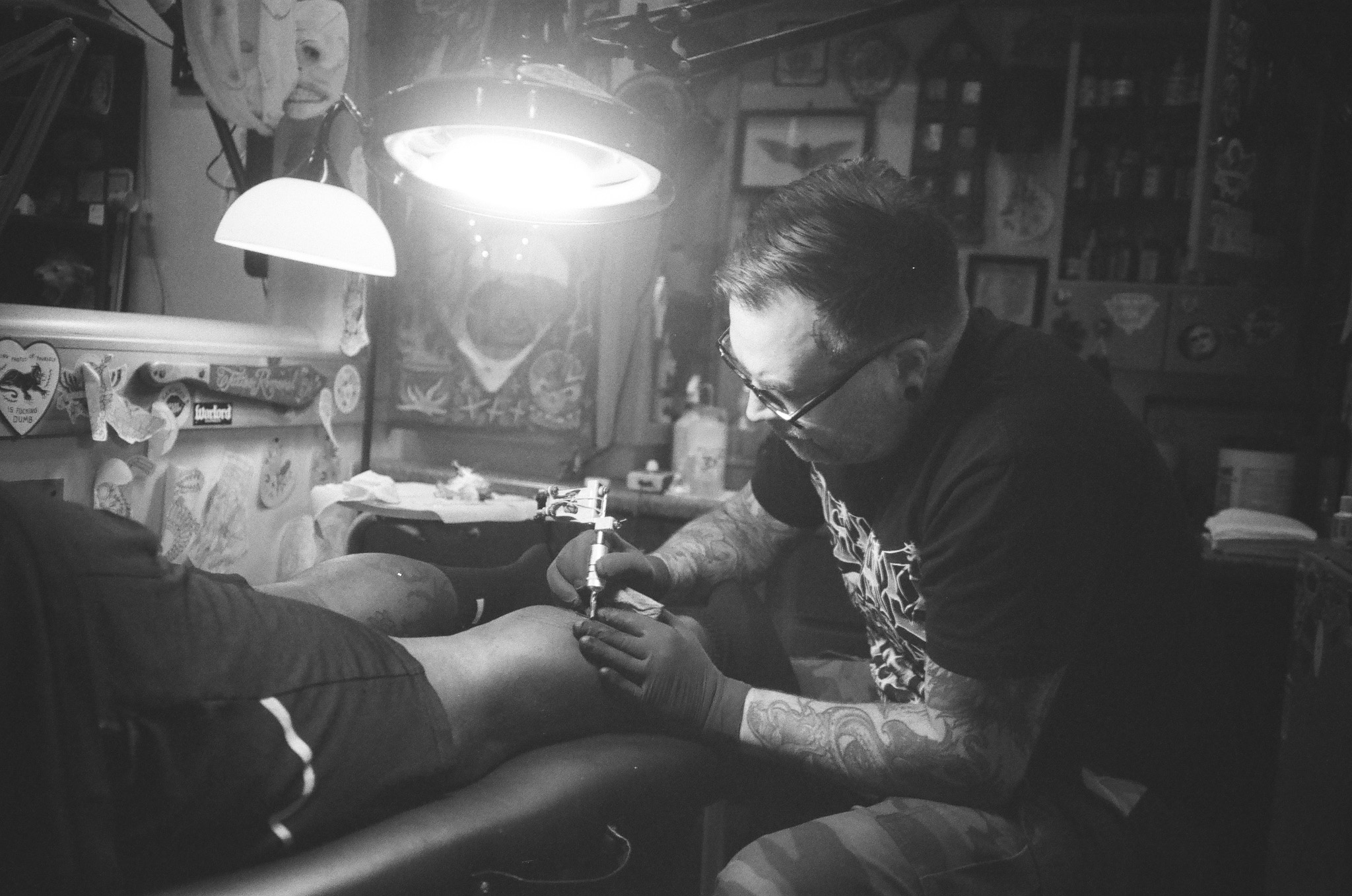
It’s different than digital. I feel like if I had a digital camera, I would have just looked, taken the photos, looked, and known if it were a good shot, or whatever. But with film, it’s that delayed gratification of. You have to get it developed, it’ll take two to three weeks, and then it comes back, and you’re hoping you didn’t screw up the shot or miss something. Sometimes it doesn’t, and then sometimes it does. I get really, really excited about the photos that come back that turned out well, or even things that came out unexpectedly cool.
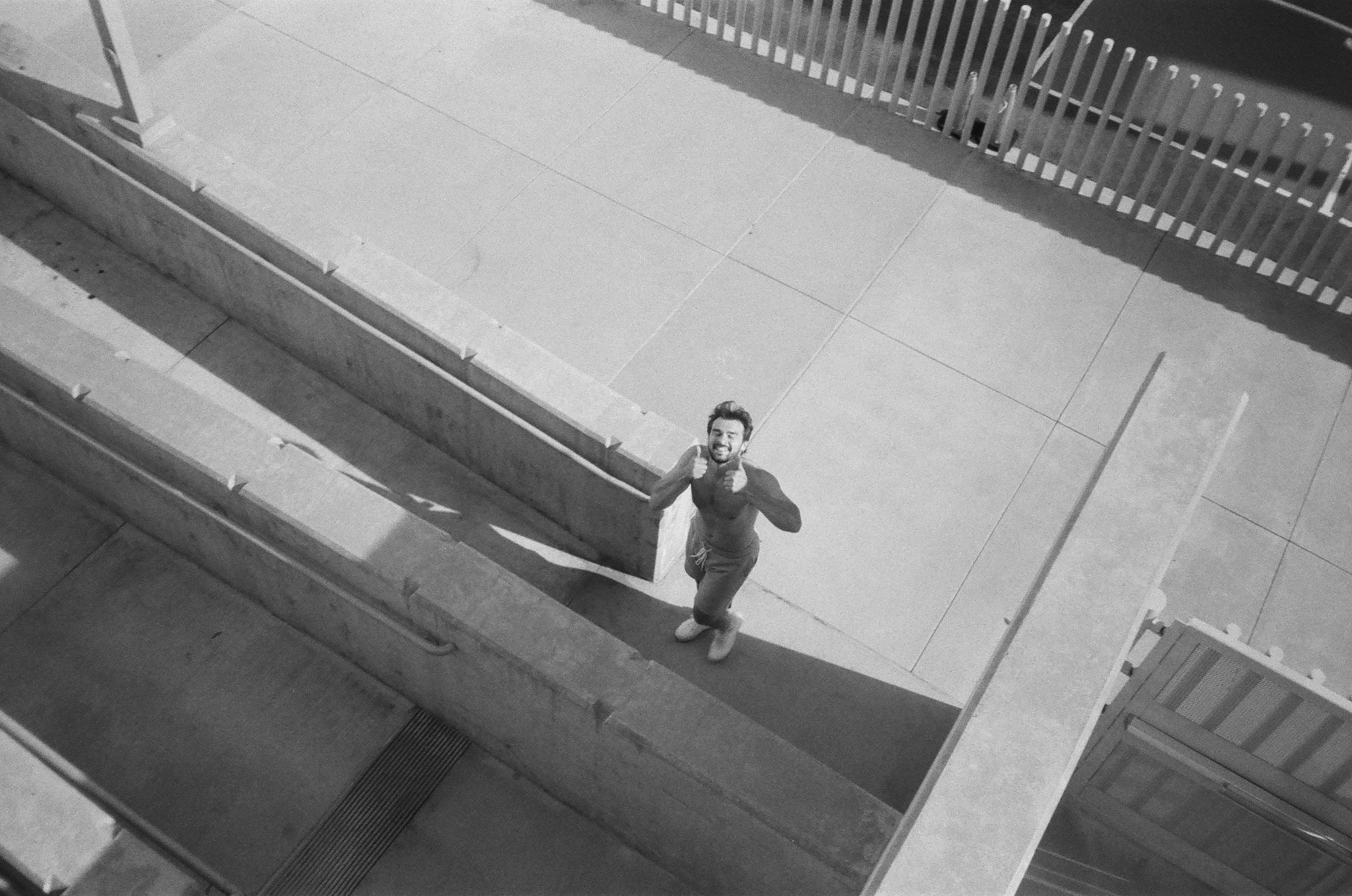

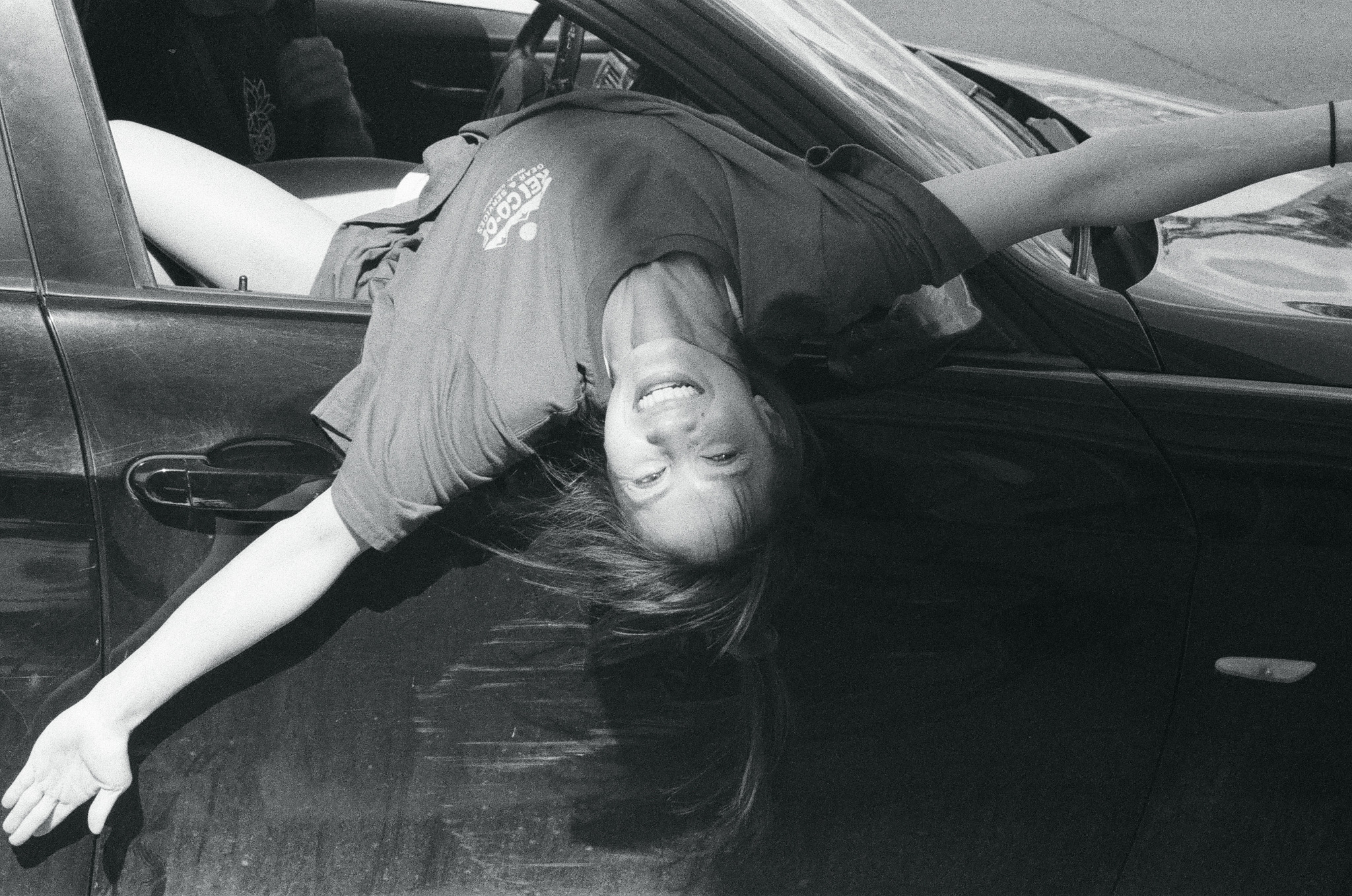
It’s so easy to pick up a camera and take 1,000 shots, and one of those is going to be beautiful. But here you are with a film roll with have 36 exposures. You’ve got 36 chances. How do you think that has played a role in what you’ve captured?
Being that you have a set amount of exposures that you can actually take, it makes you be a lot more thoughtful about how you’re going to compose things. And then it also makes me a lot more picky about the things that I will shoot. I’ll look through the viewfinder and see if I can get things lined up in a cool way, and if it’s not, then I’ll wait and keep walking. When it comes to shooting, action, it’s more nerve-wracking because I gotta find a good angle, and then I have to time it perfectly. You have cameras where you can hold the shutter button and it’ll expose all of the frames, but I don’t have that. Sometimes you’ll end up shooting a whole roll of the same thing, but when it does come out, you know, that one shot that you get is golden. It feels really good, but I also try not to do that. I’ll take a few shots of something, maybe it comes out good, or maybe I wasted a shot or two. I don’t want to use the whole roll because of how expensive film is, and it’s not cheap to shoot on film, but it’s fun. Well worth it, I believe.
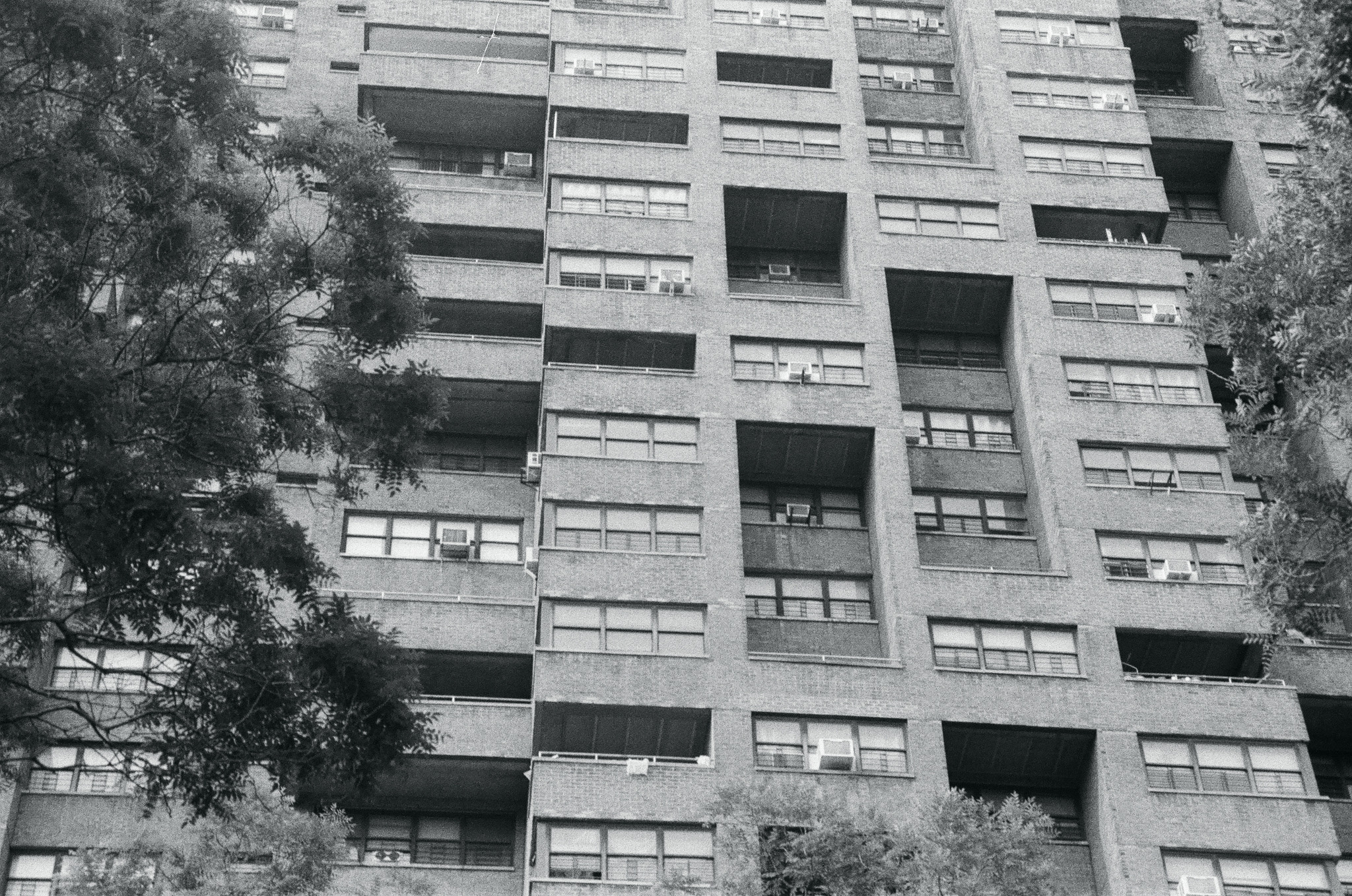
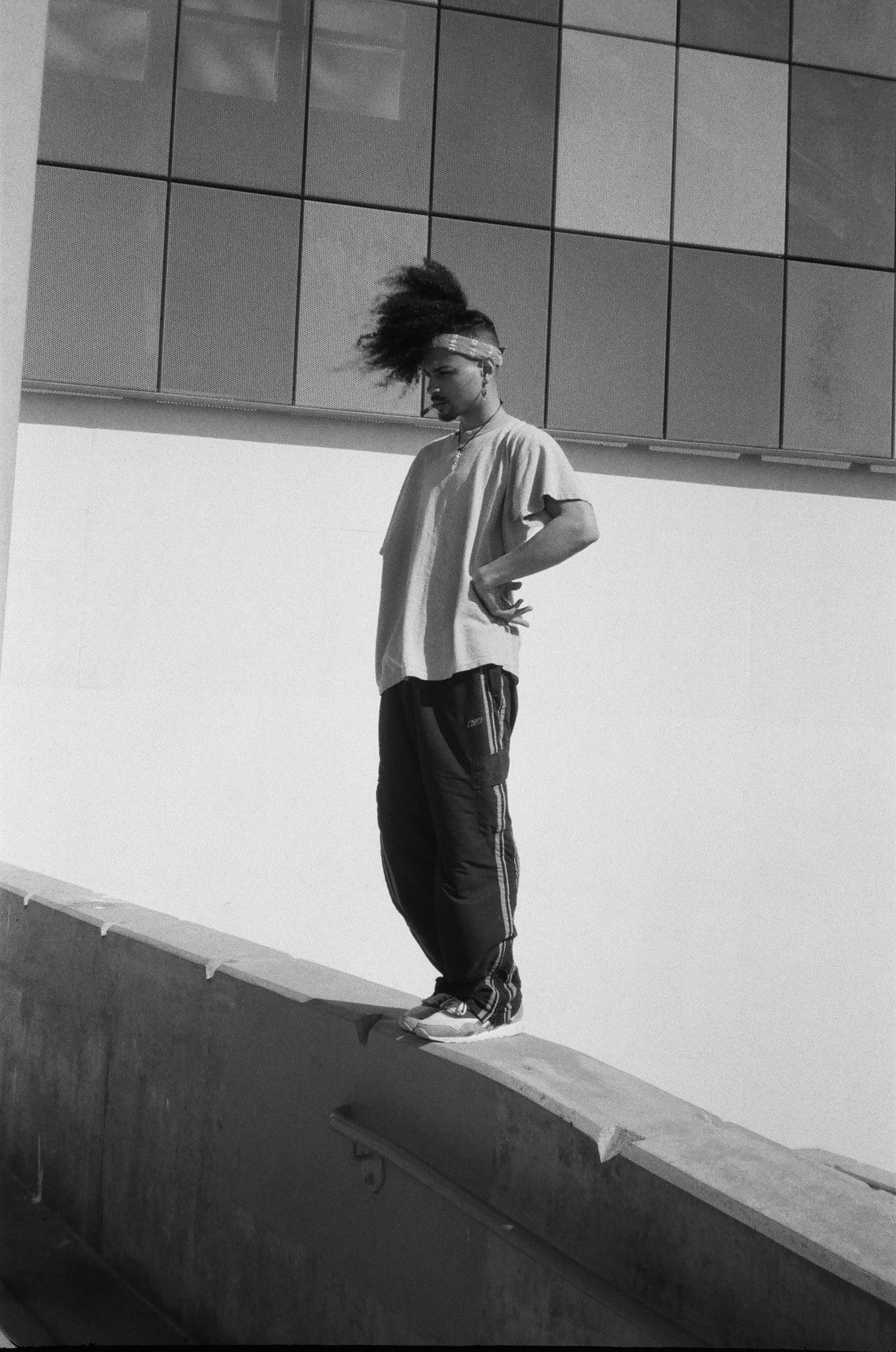
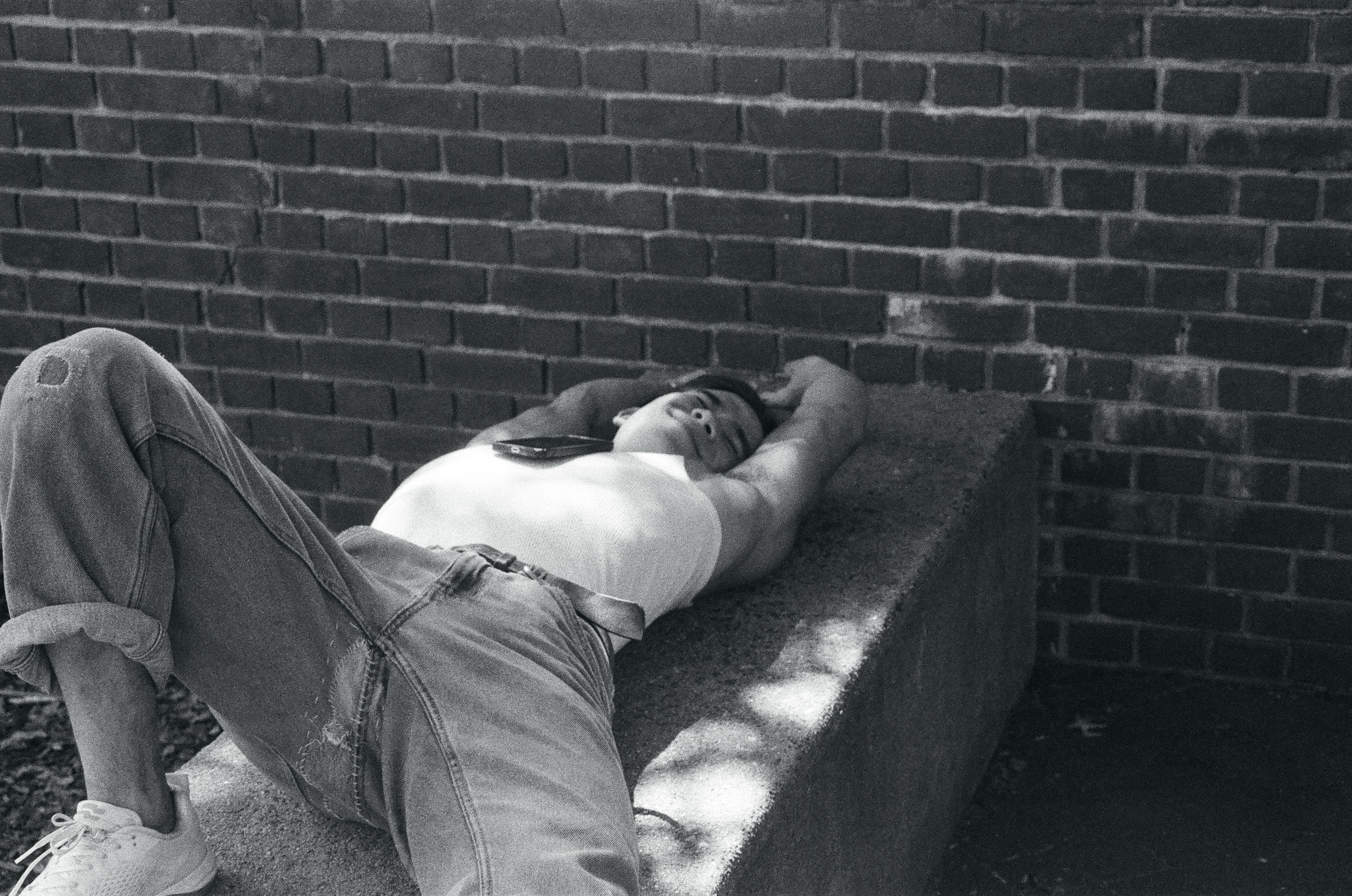
So when you’re shooting, is there anything that you’re actually looking for in subject matter, or are there certain things you’re drawn to?
Most of the time, I’m shooting at parkour events, and I like to catching people in their like natural state. I don’t want to have people posing for me. or anything like that. If I aim my camera at somebody, and they notice me, pose, or do a silly face — I think that’s good just because it’s that moment. It’s not like them waiting 10 seconds for me to figure everything out.while they hold a fake smile. So I’m mostly looking for presence.
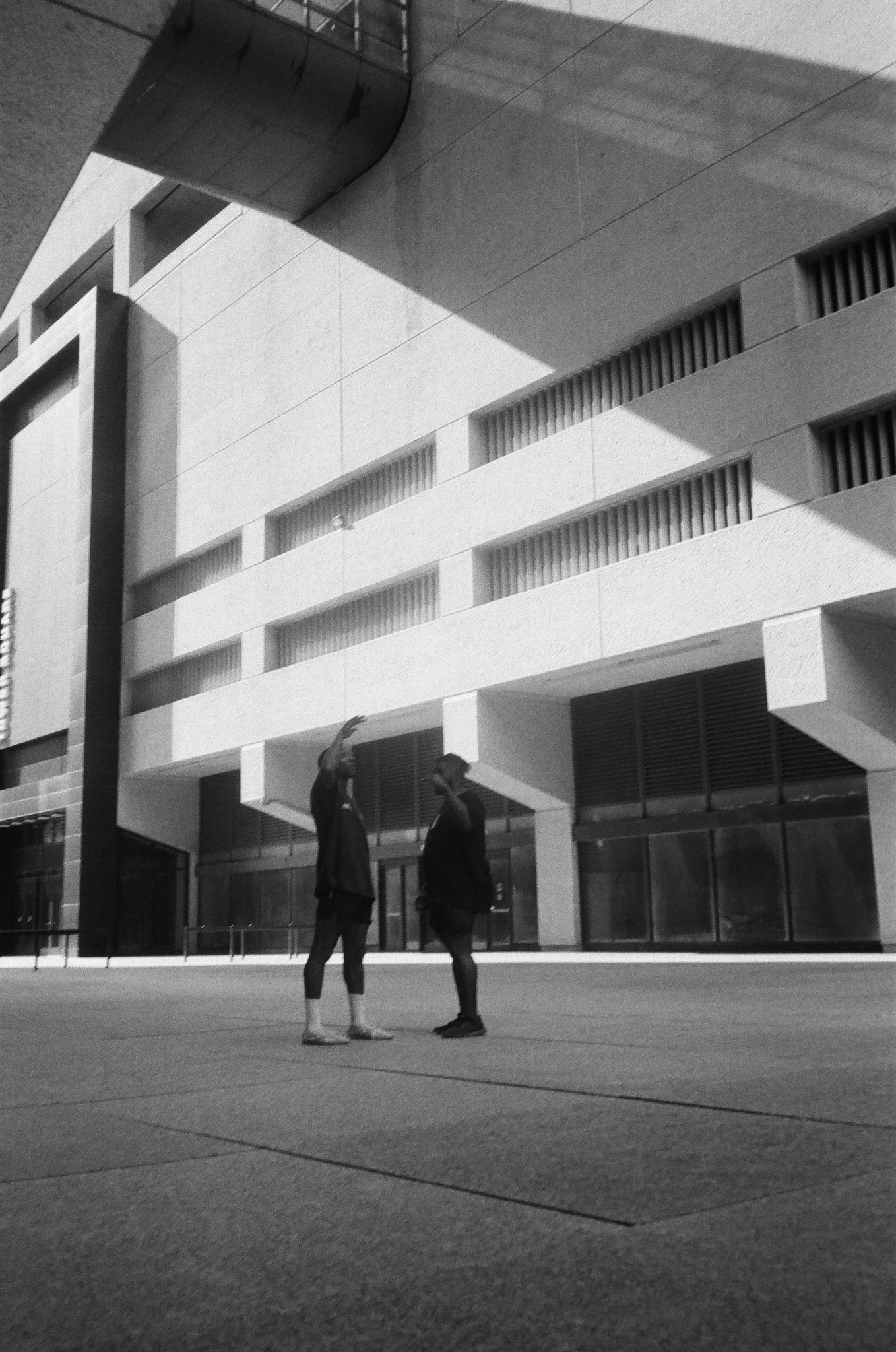

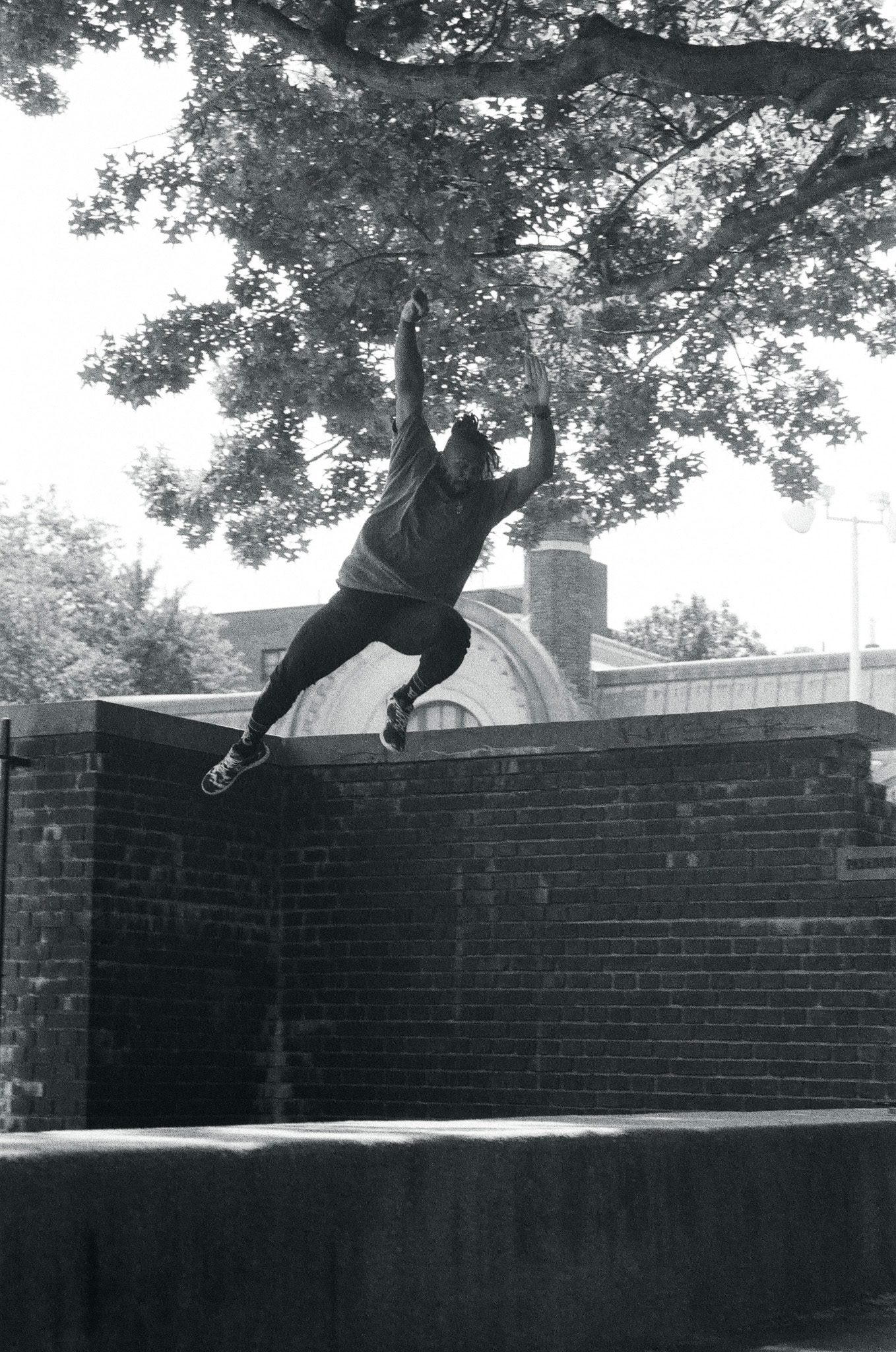
At least to me, a good photographer is somebody who is able to represent their reality. We all see things slightly, or sometimes, completely differently. But it sounds like you’re being honest to what you see and your intention of being behind a lens. Is there anything you’re exploring within documentation?
I try to take a photo of something that only I would notice by just observing what’s going on around me. I don’t necessarily wanna go out and take 50 photos of the same stop sign, but if there’s something that makes it stand out to me, I’ll take a photo of it, you know? But I’m not just taking photos of random things or people. I think there’s definitely things in parkour that I would like to photograph. The moment just before or after a really hard challenge that somebody is working on, showing their emotions through the process, or capturing people’s reaction to it. I feel like whenever there are photos of parkour, it’s always the action part of it, but nobody’s capturing the reality of the fear and the relief of it.
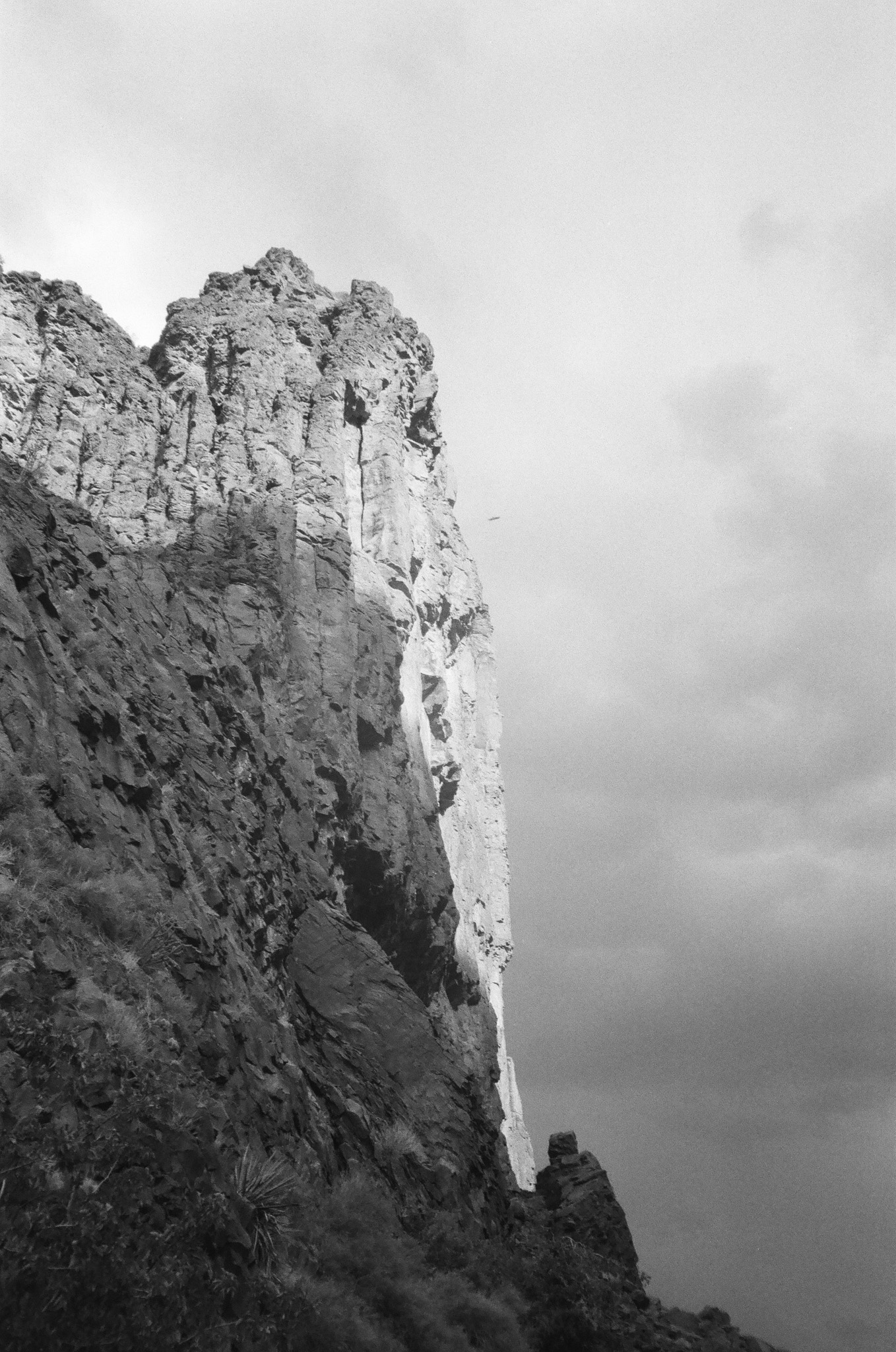

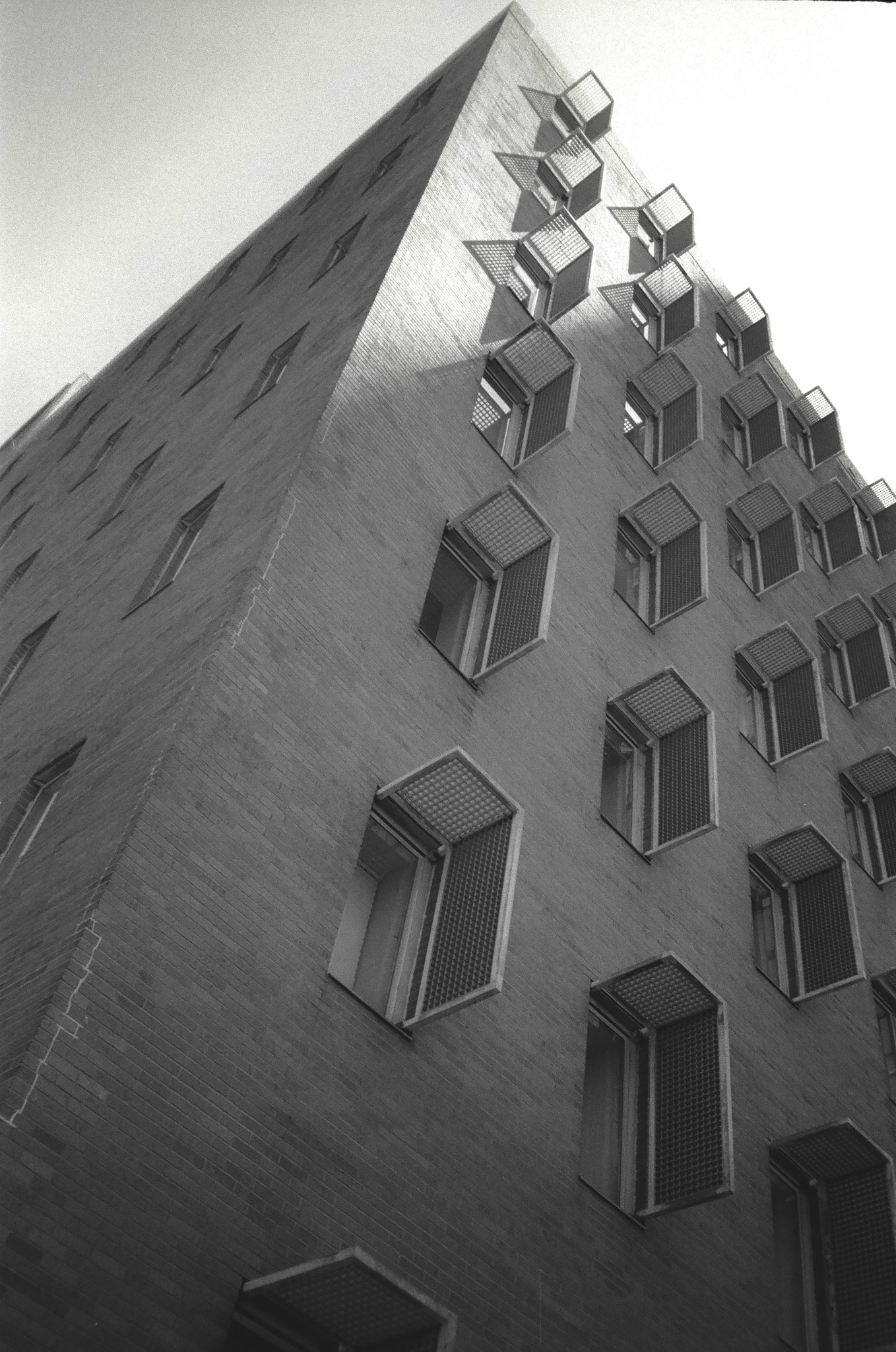
Why do you want to show the more intimate and underlying elements of parkour?
Parkour is deeper than just the jumps. It’s so simple that we all enjoy jumping, but every time that somebody challenges themselves, that challenge is personal. It may not matter to passerby’s or people that see the video, but to the individual like who takes on the challenge, it matters. It makes us fight for the things that we ultimately take videos of. You don’t see that unless you’re there, right? Like you don’t see that on Instagram because it’s just the action part of it, you know? You don’t see the person fighting through their fear or the relief of surviving. It’s not just the enjoyment in jumping, but ultimately, the process of getting to that enjoyment. There’s highs and lows, right? Whatever the emotion is, it’s not always captured in the 10 second Instagram clip. Or even when it is captured, it’s not the part that people are paying attention to on Instagram.
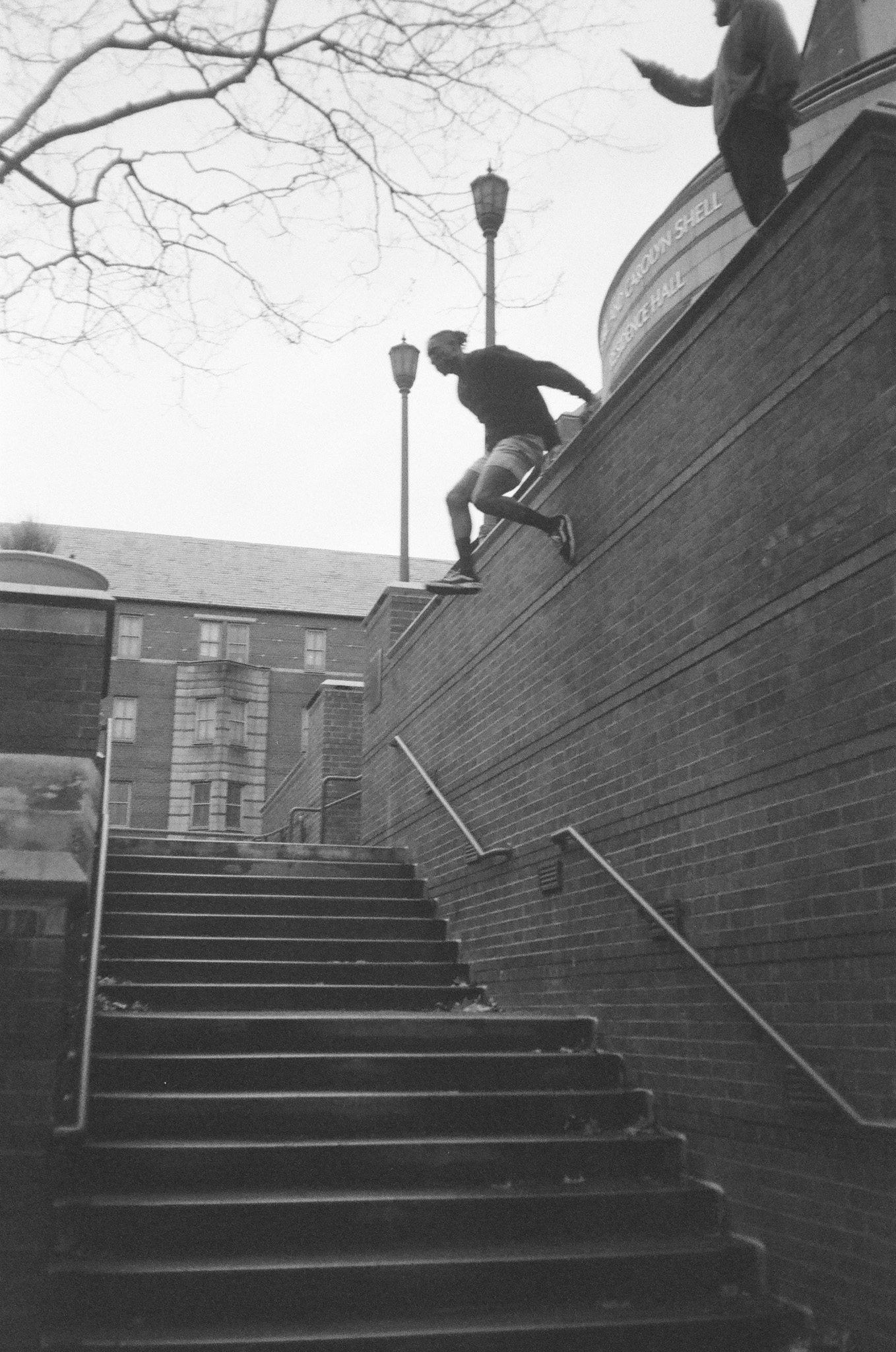
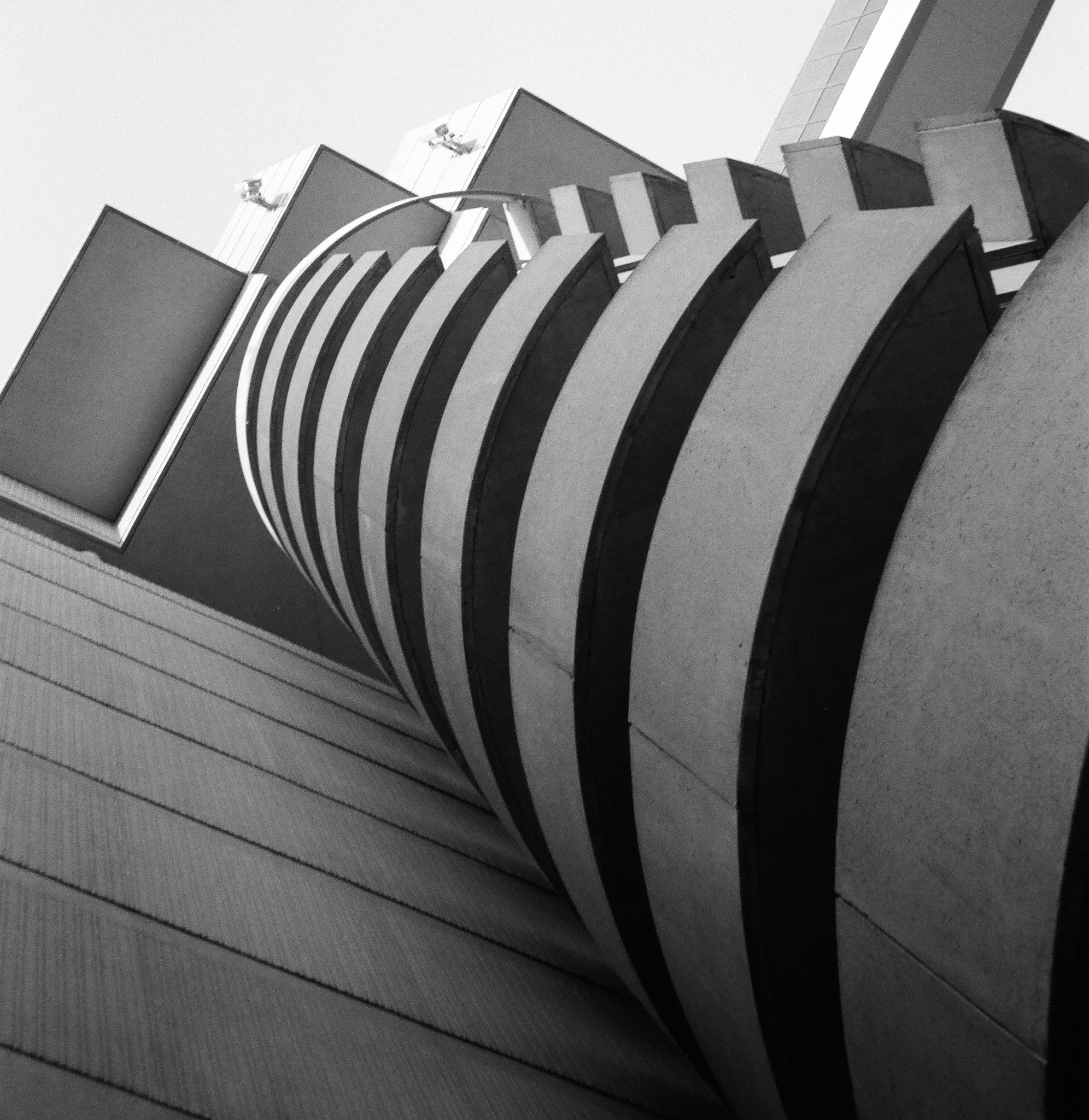
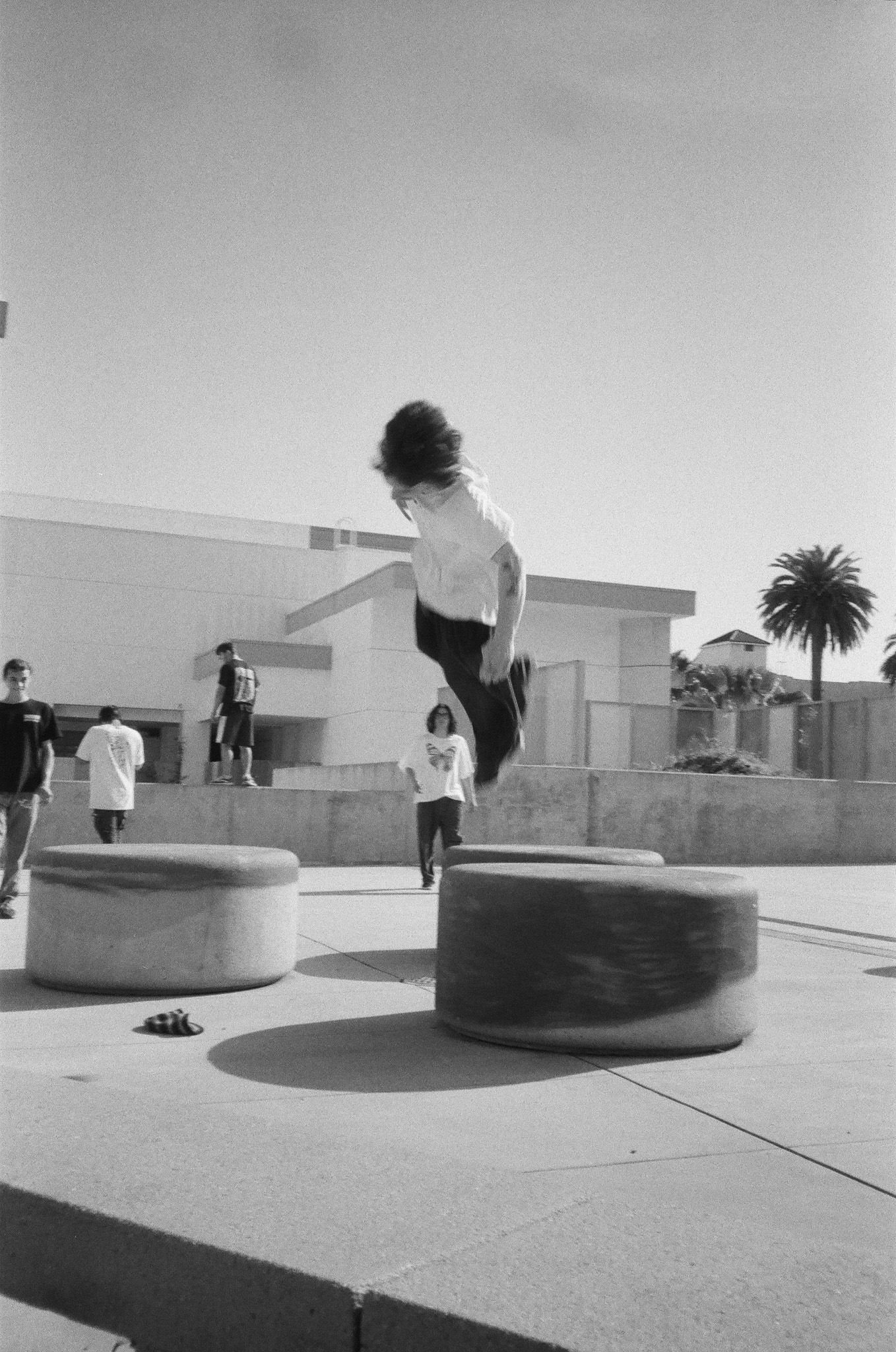
The internet of parkour has become so superficial, so thank you for making the effort to capture the depth of parkour and to continue allowing that to exist. Speaking of your work, beyond this story, where else can people find the work of Julius Porter?
I have an Instagram (@jewyporter). I’m not Jewish, it’s just a pet name that my like family gave me. Outside of that, I’ll have some physical prints up at Ampersand Coffee Roasters in Boulder, Colorado, and eventually at APEX. But the majority of everything I usually post is on Instagram. I’m trying to give up on Instagram, but it’s a tool, I guess.
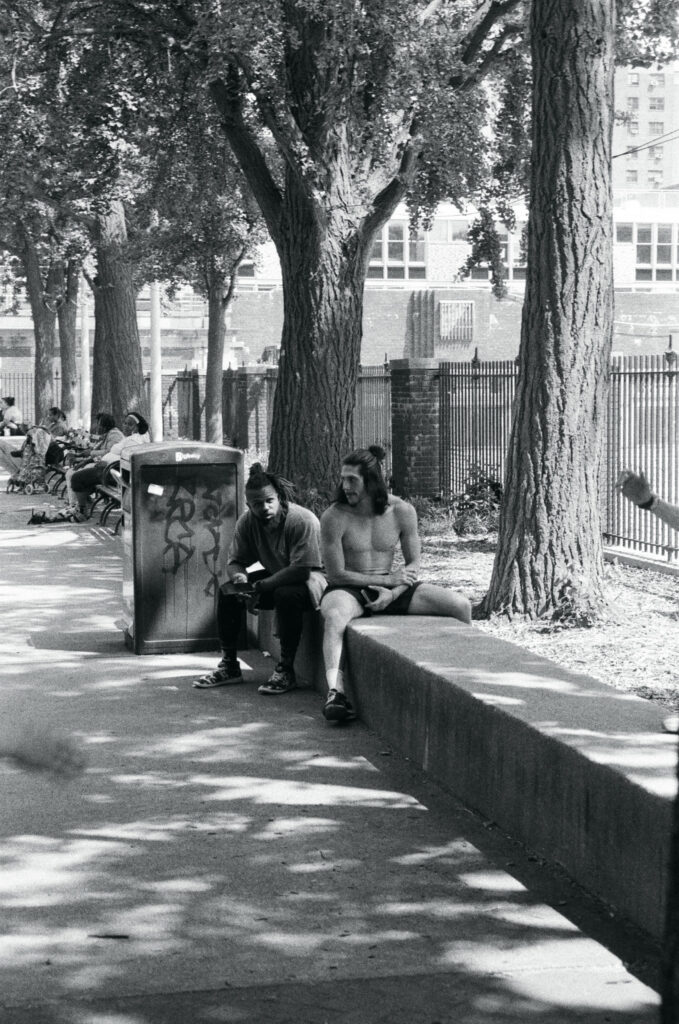
Photos © Julius Porter
Interview by Andrew Obenreder


